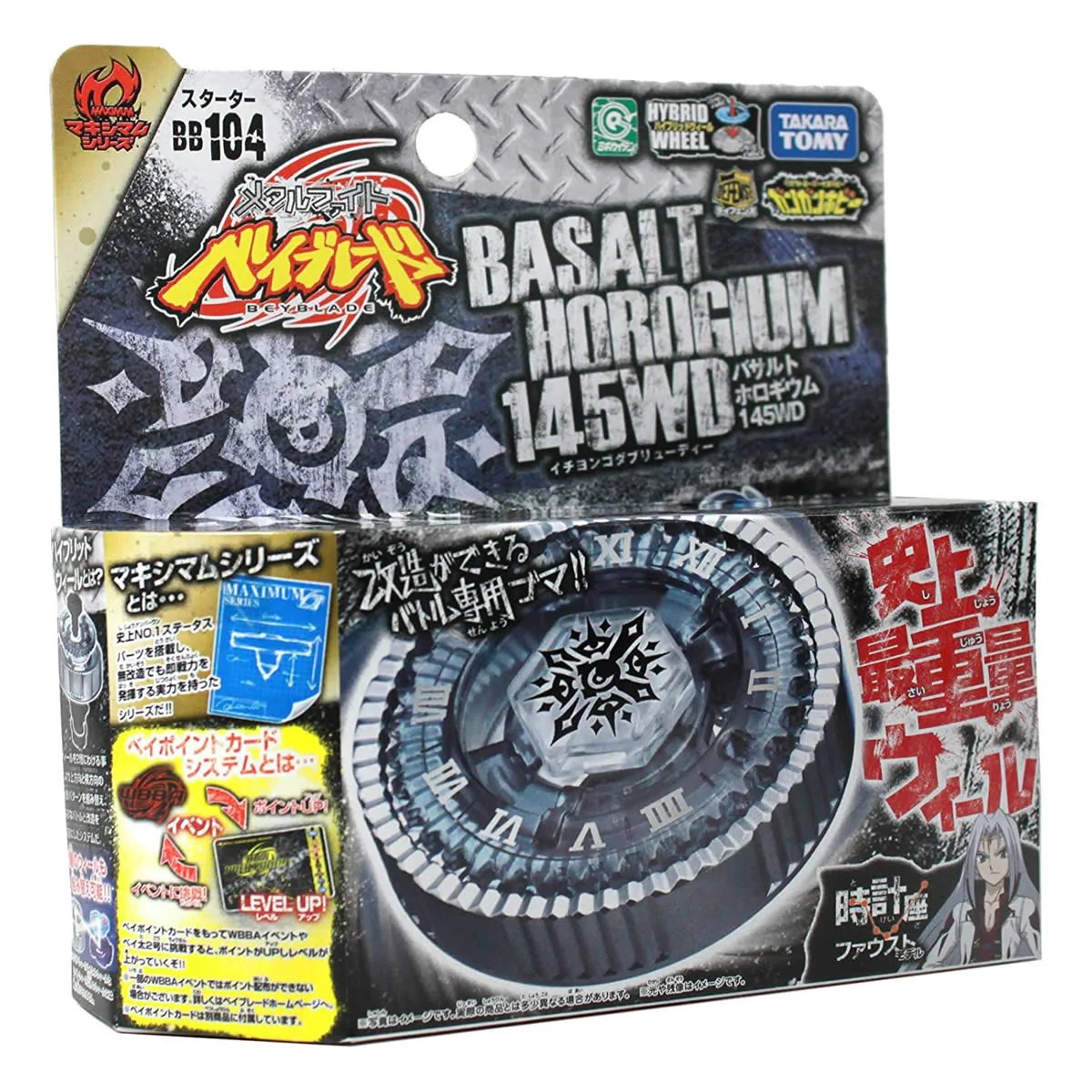Whether you’re a beginner or expert, the Rubik 3×3 magic cube is an amazing toy. You can create amazing patterns with it and it’s also a great way to learn how to solve a complex puzzle.
Position the cube
Whether you’re a beginner or an advanced Rubik’s player, you need to know how to solve the cube’s position. There are many algorithms and variations available, but it depends on how the cube is set up. Generally, most people need only about 15 moves to solve the cube.
The first step in solving the cube’s position is to orient the edges. This is done by reversing the rotation of two layers at once. In addition, you’ll need to orient the corner pieces. You can do this by flipping a corner piece around and repositioning it to the correct position.
If you’re using an older Rubik’s cube, you’ll have white faces and a yellow face on the other side. You’ll also have an empty space in the upper face. This is where you’ll place the white cross. Once you’ve solved the cross, you’ll have to set up the cross again if any of the center pieces migrate.
Once the white cross has been set up, you need to solve the cube’s position by rotating the bottom layer clockwise. Then, you’ll turn the last corner.
Algorithms to transform only a small part of the cube
Whether you’re a professional Rubik’s Cube solver or you’re just looking for a fun challenge, there are some great algorithms to transform only a small part of your cube. If you’re looking to learn a few new tricks, there’s a great Rubik’s cube tutorial to help you out. The tutorial will walk you through five different sections:
The first section introduces cube notation and some of the most important algorithms. You’ll also learn about group theory, which has a lot to do with Rubik’s Cubes. The next section will look at a couple of common strategies.
The second section covers some of the algorithms you should know before tackling a Rubik’s Cube. This will include the three main groups, which are G1, G2, and G3.
The third section will look at how to find the best algorithms. This will include using the Singmaster notation to solve cubes. The Singmaster notation is a popular way to write cube faces.
The fourth section will look at a few different strategies. One strategy is by a computer programmer named Tomas Rokicki. His strategy involves applying a couple of moves to get a partially-solved configuration. Then, you apply another couple of moves to get the next cube.
Speedcubing
Unlike other types of combination puzzles, solving Rubik 3×3 magic cubes requires a series of moves. Initially, you hold the white center of the cube and align the edge white pieces with the center. Afterwards, you solve the edges into the correct place, turning the corners in the correct order.
There are many different sizes and styles of Rubik 3×3 magic cubes. Some popular brands are MoYu, Valk and QiYi. However, not all cubes are made by these manufacturers.
Most speed cubes are made to minimize catching. They have minimal friction between the layers, which allows them to run ultra-fast algorithms. This decreases resistance and limits control, but it can also be distracting for the solver.
Speed cubes often have a distinctive sound and feel. They are also less stable, which means they tend to pop more often. If a cube pops, it can disrupt the algorithm execution, making it harder to solve.
There are two main ways to solve Rubik 3×3 magic cubes. The first is the corners-first method, which involves solving the corners first.



